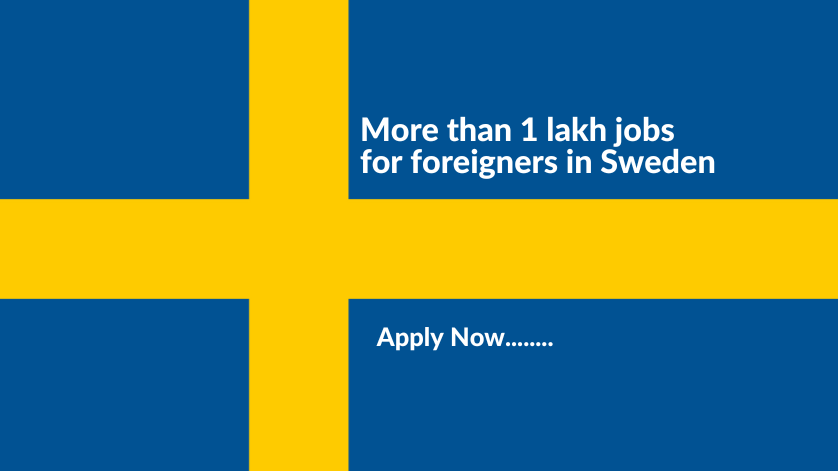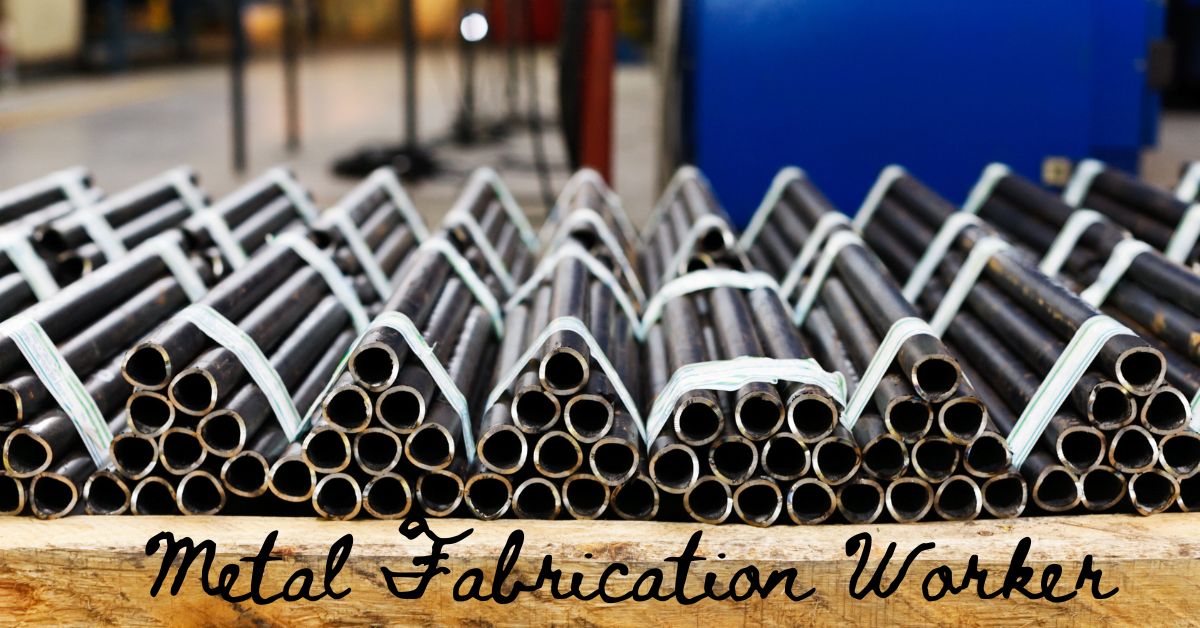Application Tips For Australia: If you want to work in Australia, you should look for a job locally. Very few applicants would probably be invited to an interview if they applied from Germany, as the distance is simply too great. Those who have contacts in Australia will find a job much faster than someone without contacts. The majority of all available jobs in Australia are not advertised publicly.
The applications in Australia, as well as in New Zealand and in the Anglo-American area, are rather short and to the point. Only a cover letter and a resume are required. Sometimes a letter of recommendation is included with the application. It is advisable to write the applications directly in English and not to translate them from German, as a translation often sounds rather clumsy.
If you apply to a German company in Australia, you should adhere to the German customs for application documents. If you are unsure what to include in the application folder, you can also call the company and ask what the scope of the application should be.
Also Read: Working in Australia 2022
What is included in the application documents
An application in Australia usually includes a cover letter and CV and possibly a letter of recommendation.
The cover letter
The cover letter should not be longer than one page. When doing so, you should refer to the job advertisement as far as your own professional experience and qualifications are concerned and, above all, name the skills that are relevant to the job offered. It is best if you can address a contact person directly in the cover letter.
Here are a few tips for writing a cover letter:
- You start with your own name and contact details, followed by the name of the contact person and the name and address of the potential employer
- A subject line is unusual for Australian applications
- Address the cover letter directly to one person
- The cover letter should not be longer than one page
- The cover letter is structured as follows:
Paragraph 1: How you found out about the job advertisement and why you are applying.
Paragraph 2: Name skills and professional experience that are relevant to the position offered and make it clear why you are the right person for the position
Paragraph 3: Express the wish that you would like to introduce yourself personally
The resume
Common CV fonts in Australia are Times New Roman or Arial in size 11 or 12. The CV is anti-chronological. The last job or the most recently completed course of study are mentioned first. A photograph is undesirable and personal information should be avoided if possible. However, the latter is not handled as strictly as in Canada or the USA, for example. If you think your age or marital status might be an advantage for the job, you can provide the information. The training and qualifications should be translated in such a way that the potential employer understands what is at stake.
- Structure of the CV:
- Personal Information/Contact Information
- education
- Professional experience, with the name and address of the employer and a statement of your own area of responsibility
- Internships
- Other knowledge, such as computer skills, foreign language skills, etc.
- Further information: e.g. scholarships, publications, voluntary work
- Details of references, name, address, telephone number/email
- The CV should not be longer than one or two pages
For more information on résumé structure, see the Australian Government’s Job Access program.
Read Also: CANADA PILOT FOOD IMMIGRATION PROGRAM, 2022
Credentials
In Australia, letters of recommendation are much more important than job references. If you have letters of recommendation in German, you should have them translated and take them with you to a possible job interview. Letters of recommendation should be written by high-ranking people, such as university teachers or the previous employer. It is also common to include “referees” at the end of the CV, i.e. the name, title, position and contact details of people who can provide information about the applicant to the potential employer. If you do not want to include this data in your application, you can also indicate that the information will be supplied upon request (“references will be supplied upon request”).
Recognition of German qualifications
German professional and university degrees are usually recognized in Australia without any problems. The AEI-NOOSR of the Australian Education Authority is responsible for this. However, certain professions are required to register or seek accreditation in Australia. These include: Doctors, nurses or engineers. The Australian Education and Training Authority, the Department of Education, provides information on the guidelines for recognizing foreign vocational training or degrees.

Read Also: Canada Residence and Work Permit – Permanent
The interview
If you are applying from Germany, the first interview will very likely be held by telephone or via video connection (e.g. Skype). Only then does the potential employer decide whether to invite the candidate to Australia for an interview. If you are already in Australia, you will be invited directly to a personal interview. The interview process is similar to that in Germany. You should dress smartly and shake hands with the person you are talking to. Since no certificates and diplomas are attached to the application, it is customary to take an English translation of these documents with you to the interview.
The 4 best job search sites of 2023
As in New Zealand, it is also very welcome in Australia if a candidate thanks you for the interview in a “follow-up letter” or the so-called “thank-you-letter” after the interview and emphasizes again that you are still interested in the position.


